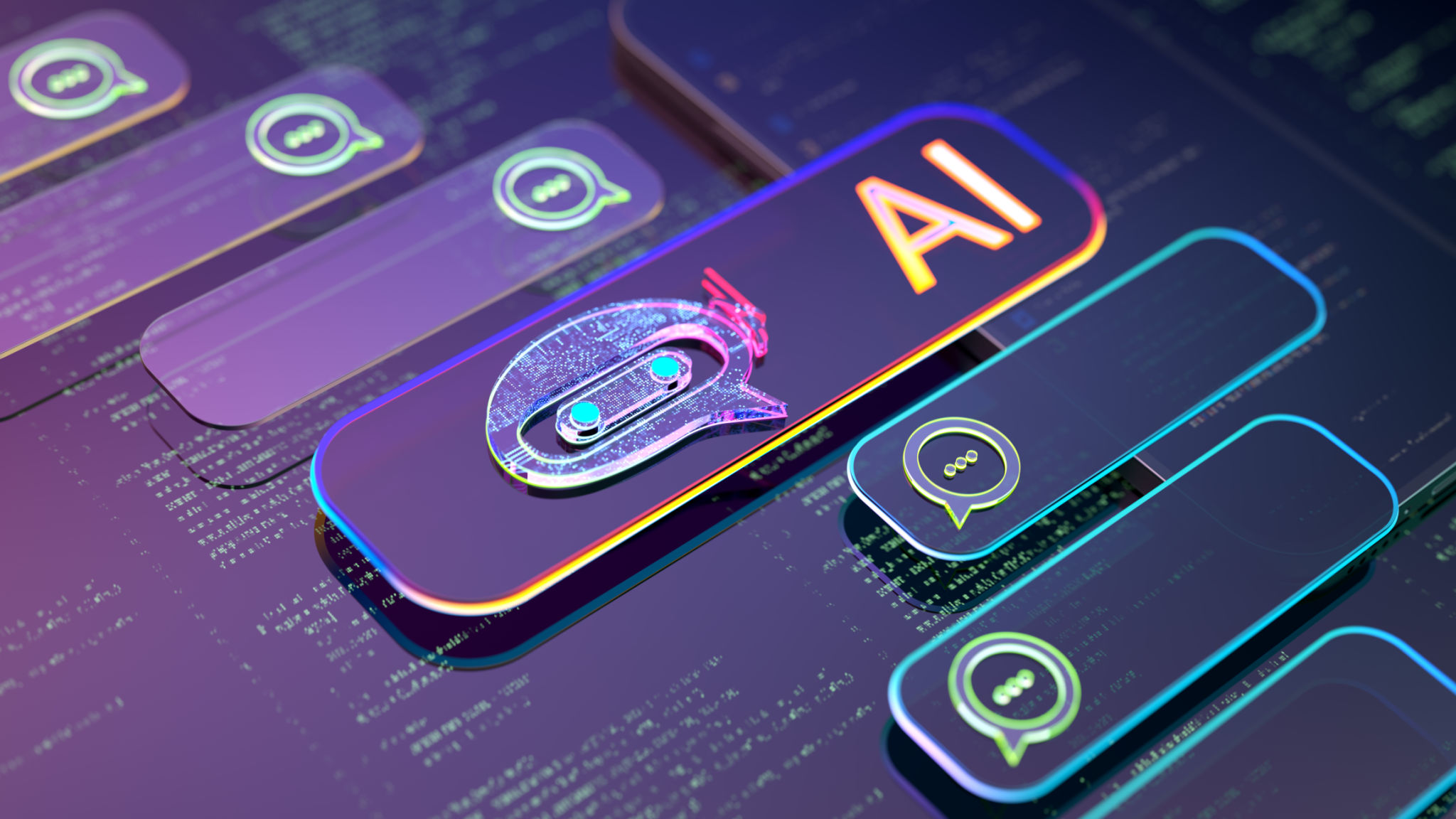Common Misconceptions About AI Software Development Debunked
Understanding AI Software Development
Artificial Intelligence (AI) software development is a rapidly evolving field that often sparks curiosity and confusion alike. Misunderstandings about what AI can and cannot do are widespread. These misconceptions can lead to unrealistic expectations or unnecessary fears. This post aims to debunk some of the most common myths surrounding AI software development.

AI Can Solve Any Problem
A prevalent misconception is that AI can solve any problem, no matter how complex. While AI can process vast amounts of data and identify patterns, it is not a one-size-fits-all solution. The success of AI initiatives often depends on the quality of the data and the specific problem being addressed. AI's capabilities are impressive, but they are not without limits.
In reality, AI is best suited for tasks involving data analysis, pattern recognition, and automation. It excels in environments where data is abundant and relatively structured. Complex human-centric problems, like those requiring emotional intelligence or creative thinking, still largely fall outside the realm of AI capabilities.
AI Development Requires Supercomputers
Another common belief is that developing AI software requires supercomputers and specialized hardware. While high-performance computing can enhance AI tasks, many AI projects can be developed and run using standard hardware. Cloud-based solutions also provide scalable resources, making AI development accessible to businesses of all sizes.

With advancements in technology, many tools and frameworks have been optimized to work efficiently on everyday computers. This democratization of technology allows smaller companies and individual developers to contribute significantly to the field of AI.
AI Will Replace Human Jobs
The fear that AI will replace human jobs is widespread but not entirely accurate. While AI does automate certain tasks, it also creates new job opportunities in tech development, data analysis, and AI ethics, among other areas. The goal of AI is not to replace humans but to augment human capabilities and efficiencies.
Industries using AI often see shifts in job roles rather than outright job losses. Employees may need retraining to adapt to new roles that involve overseeing AI systems or interpreting their outputs. This shift emphasizes the importance of continuous learning and adaptation in today’s workforce.

AI Development Is Only for Tech Giants
Many believe that only large tech companies have the resources to develop AI solutions. However, this is no longer the case. Open-source tools, cloud computing, and accessible educational resources have leveled the playing field. Startups and small businesses can develop innovative AI solutions without massive budgets.
Collaborative platforms and online communities also provide support and shared knowledge, empowering developers from diverse backgrounds to contribute to AI advancements. This inclusive ecosystem fosters innovation across industries and encourages a wider adoption of AI technologies.
Conclusion
Understanding the realities of AI software development is crucial for harnessing its potential effectively. By debunking these common misconceptions, we can foster a more informed dialogue about the capabilities and limitations of AI. As technology continues to evolve, staying informed will help businesses and individuals make strategic decisions about integrating AI into their operations.